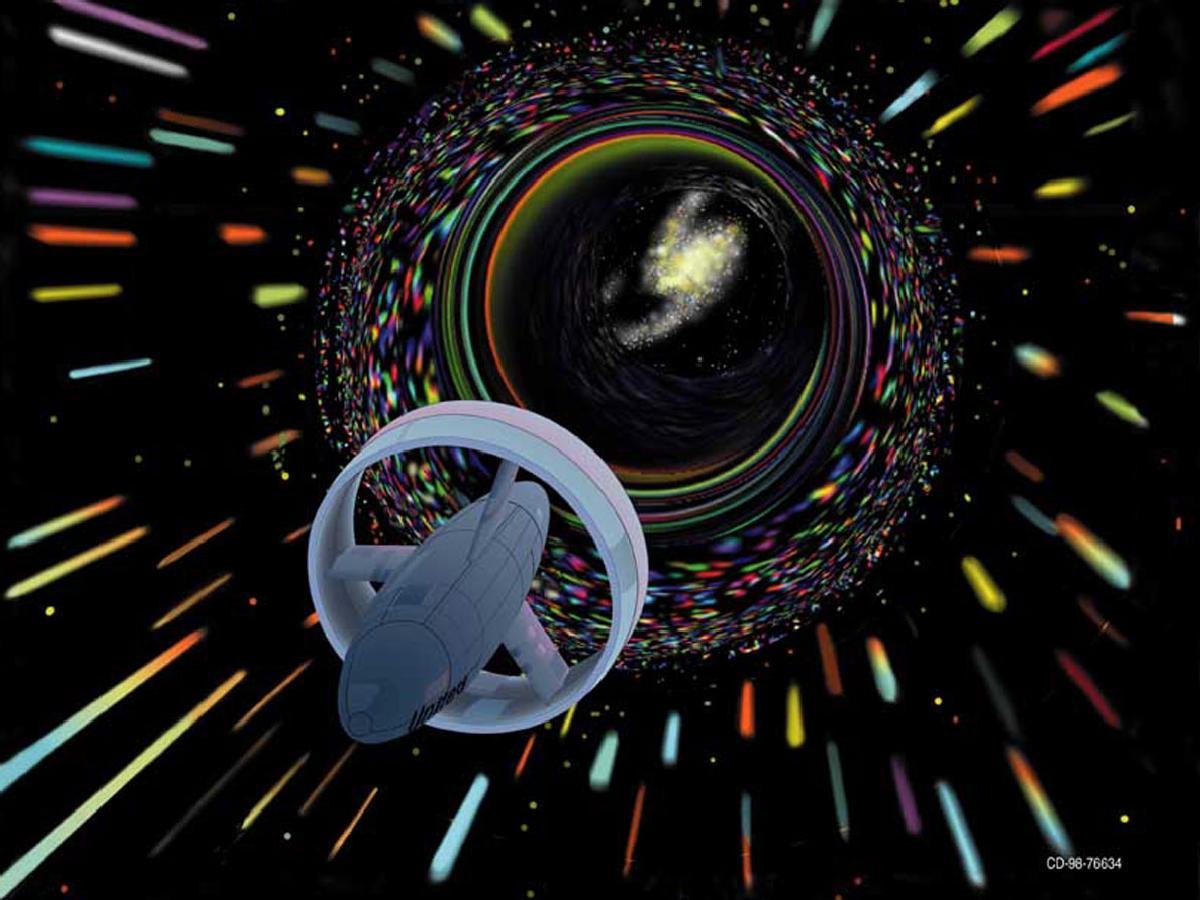NASA Invests in Far-Out Space Tech for Future Missions

A futuristic spacesuit, plans for a lunar colony and "printable spacecraft" are just some of the new out-of-this-world ideas NASA is funding under a program aimed to develop innovative, creative technologies for space exploration.
Today (Aug. 8) the space agency awarded 30 contracts, worth $100,000 each, to support one-year studies into novel spaceship power technologies, radiation shielding for astronauts, methods to combat the growing threat of space junk, and more.
The proposals are "somewhat out-of-the-box ideas and very advanced system concepts that have the potential to revolutionize our missions in the future," said Joe Parrish, director of the Early Stage Innovation division at NASA's Office of the Chief Technologist, during a press conference today.
The program, called NASA Innovative Advanced Concepts, or NIAC, aims to take on risky research that may not pan out, but has the potential to make a big impact if it does. [Vote! 21st Century's Greatest Space Innovators]
"We recognize that in order to make big gains, sometimes we are going to accept some risks," Parrish said. "NIAC is the greatest example of an effort to really look at very far-reaching activities and consciously and willingly take risks and look for big rewards to those risks."
The winning proposals were chosen from a field of hundreds based on their technical merit and potential impact, as well as their scientific team and cost estimates.
Get the Space.com Newsletter
Breaking space news, the latest updates on rocket launches, skywatching events and more!
"The ones being selected today really were the cream of the crop," said Jay Falker, NIAC program executive. He said they involved new concepts that hadn't been investigated before by NASA.
"The ideas should be visionary, they should not be incremental," Falker told SPACE.com.
An example is a Space Debris Elimination project by Daniel Gregory of Virginia-based Raytheon BBN Technologies, which will investigate the possibility of using an air-gun to accelerate pieces of orbital junk like broken satellites and spent rocket stages out of the danger zone around Earth.
While the problem of space debris is a known issue that NASA's been working on, the air-gun technique to dealing with it is new, Falker said.
"That's an approach that's completely novel to a problem we've known about," he said.
Other intriguing projects involve using 3-D printers to construct mini spacecraft and habitats for a lunar colony, and using rotating devices called flywheels to power a spacesuit.
You can follow SPACE.com senior writer Clara Moskowitz on Twitter @ClaraMoskowitz. Follow SPACE.com for the latest in space science and exploration news on Twitter @Spacedotcom and on Facebook.
Join our Space Forums to keep talking space on the latest missions, night sky and more! And if you have a news tip, correction or comment, let us know at: community@space.com.

Clara Moskowitz is a science and space writer who joined the Space.com team in 2008 and served as Assistant Managing Editor from 2011 to 2013. Clara has a bachelor's degree in astronomy and physics from Wesleyan University, and a graduate certificate in science writing from the University of California, Santa Cruz. She covers everything from astronomy to human spaceflight and once aced a NASTAR suborbital spaceflight training program for space missions. Clara is currently Associate Editor of Scientific American. To see her latest project is, follow Clara on Twitter.











